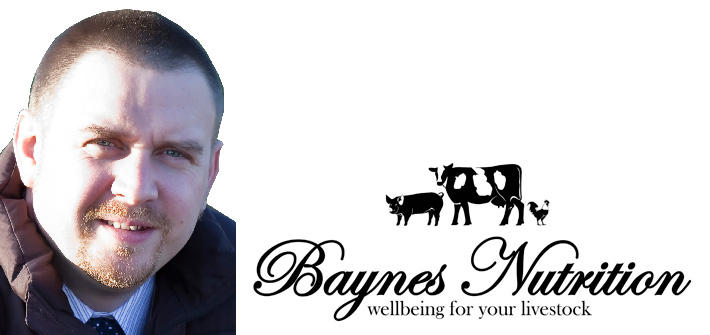There’s a plethora of information regarding gilt breeding programmes, and knowing which information is most relevant to each unit is tricky. I often come across units that aren’t quite maximising the potential of their gilts; a situation that could often be improved through more dialogue with the genetics supplier.
Take, for example, nutritional density of rations. Advice can vary as raw material matrices are not standard between feed companies. The breeding company might suggest a gilt rearing diet of 13.6MJ/kg DE – but which matrix did this originate from?
Depending on the nutrient attribution to individual raw materials, this could easily vary by 0.5MJ/kg DE both up or down from the original formulated ration, meaning that the gilt could be underfed and overfed depending on how close the nutritionist’s raw material matrix is compared with that of the breeding company.
This is quite critical, as allowing gilts the opportunity to express their early growth and put on lean as well as fat is vital to the longevity of that breeding animal.
If the breeding company provided an example formulation, then the unit’s nutritionist can calibrate their matrix values. This would be a more standardised approach for the farm.
Then there’s the knotty issue of age at first serving, with various authors suggesting anywhere between 200 and 270 days of age and weights of between 120kg and 170kg at first service. Fortunately, there’s a general agreement that first service should be at the second heat, but age and weight recommendations at this stage vary significantly. It’s worth asking for breeding company recommendations. Some research suggests that underweight animals and gilts served too late will be poorer performers and will be likely to be culled early.
Once through farrowing, the challenges of the first lactation are huge as we try to stimulate and maximise future breeding performance by loading every working teat with a piglet. The gilt is under great strain, coping with 12 to 14 suckling piglets even though she still hasn’t reached her mature bodyweight and at a stage when her feed intake is compromised. In fact, we’re asking her to consume about three times the amount of feed she’s ever eaten each day.
And she has a very limited capacity to store milk in her mammary glands where capacity is reached about every 50 to 70 minutes. Maximum yields come from the conversion of feed and mobilisation of body tissues; so, in an ideal world, these gilts require a fortified specific first-lactation diet.
And while this might seem tricky within multiparous operations and with limited bulk bin space, meeting her nutritional needs in early lactation may be worthwhile if we’re to take on board the comments of Michigan State University associate professor Nathalie Trottier. It’s her view that the outcome of the first lactation will dictate whether or not the gilt remains in the herd or is culled.
Sow longevity may well be determined, in part, by management during this stage.
It’s equally important to avoid over-conditioned gilts at farrowing – they’re likely to have a prolonged period of reduced intakes and this can lead to constipation. Additional fibre pre-farrowing and for the first few days after will help here.
While it’s so much easier to manage gilts with sows on a busy unit, these are typical pitfalls that, with some specific gilt management changes, can at least in part be averted – an area worth attention given the current high replacement gilt prices compared to low cull sow values.




